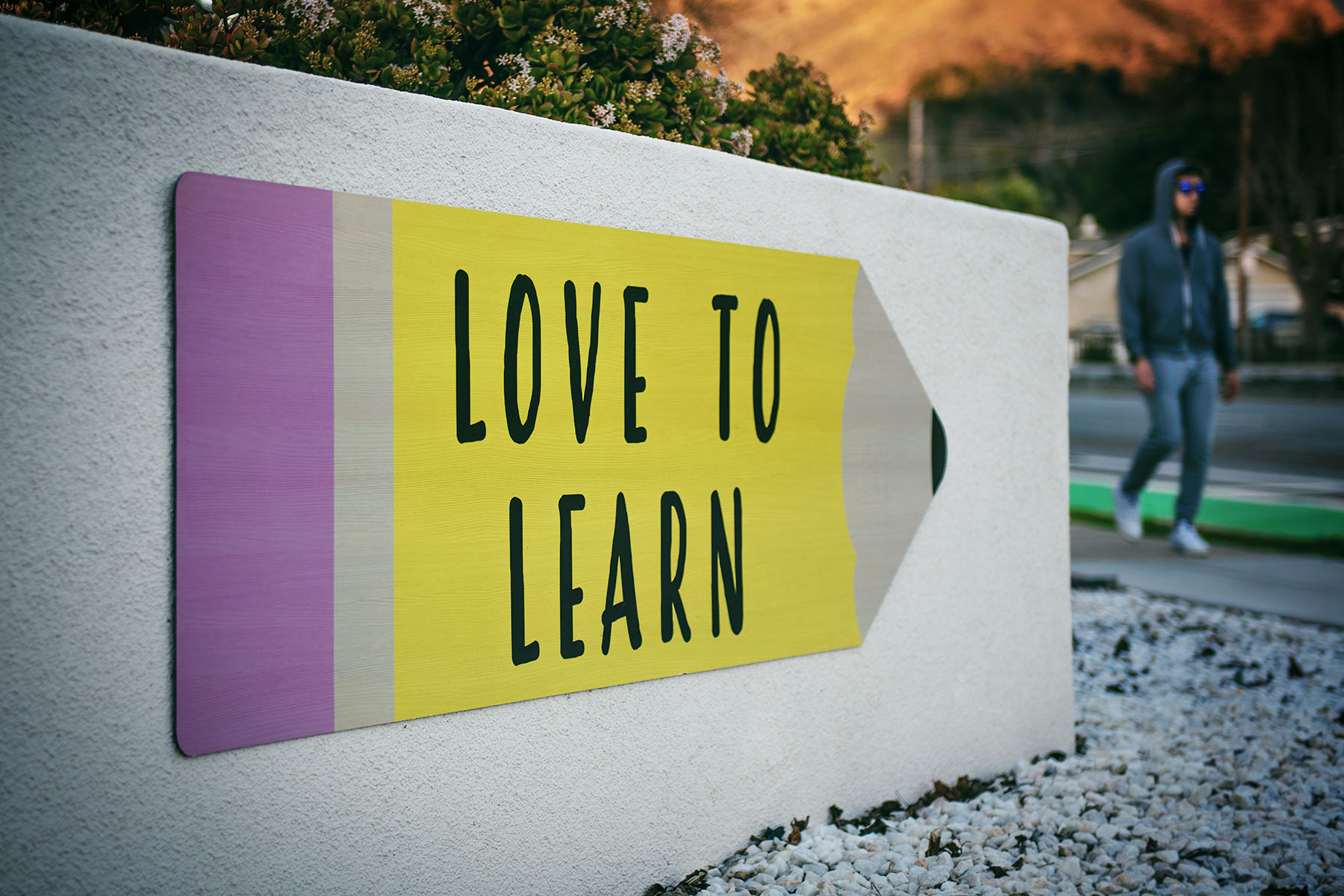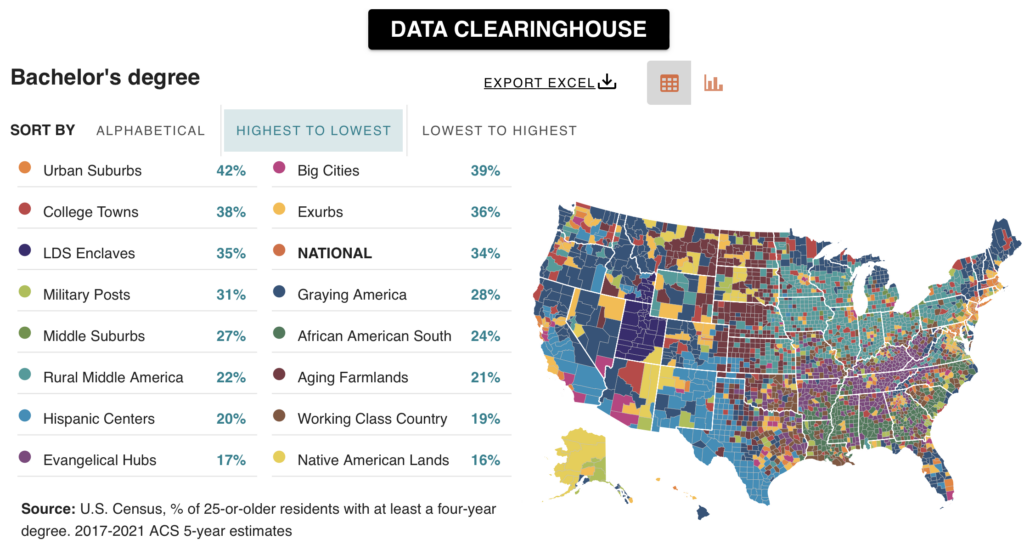Educational Attainment the American Way
Educational attainment has emerged as one of America’s deepest demographic fissures, associated with the cultural, political, economic, and geographic divides Americans collide with daily. At the same time, the field of education is known for crossing chasms. As an example, Harvard University selected one of America’s most venerated actors, Tom Hanks, who’s not a college graduate, to deliver its 2023 commencement address this season. True to the occasion, Hanks stressed certain points of unity — Superman’s fight for “truth, justice, and the American way” was a common refrain.
Yet Hanks immediately noted how his educational experience differed from the students sitting before him. “On behalf of all of us who studied for two years at Chabot Community College in Hayward, California, two semesters at California State University, Sacramento, and for 45 years at the School of Hard Knocks earning a Bachelor of Arts degree in one damn thing after another, thank you,” he said.
In this regard, Hanks stands with the majority. Nationally, just 34% of Americans ages 25 or older have a four-year college degree. The numbers are very uneven around the country. The range runs from 42% in the affluent, multicultural, professional Urban Suburbs to 16% in the young, rural, and low-income Native American Lands.
In College Town counties, 38% have college degrees, just above the national average. These 171 counties, often located in and around more rural, settled areas, present a good example of varying educational levels colliding. After all, many are not yet college graduates. Others hold master’s, professional, and/or doctoral degrees. Still others outside the college structure may not have nor be on track toward a bachelor’s degree. It’s not uncommon for town-gown relations to be strained, even contentious at times.
Meanwhile, in Rural Middle America and Aging Farmlands, comprising 896 counties in the Plains and the country’s upper tier, many have derided college and are pushing for a broader educational focus on the trades. In each county type, just over 20% have college degrees. While bachelor’s degree percentages are lowest in Native American Lands, bachelor’s figures are also low in young, rural, Hispanic Centers in the West, Southwest, and Florida; Working Class Country, lower-income communities in Appalachia; and Evangelical Hubs, lower-income communities in the South with high numbers of Evangelical adherents.
Where There’s a Coalescing
More of America has some college experience as Hanks described in his address. Indeed, there’s widespread agreement that one’s educational attainment must go beyond 12th grade to compete and prosper in the 21st century. What post-secondary education should look like is not always clear, but harnessing opportunity and talent should be at the fore. Nationally, 67% of Americans have some college, which is defined as the percentage of adults ages 25-44 with some post-secondary education.
The community type breakdown shows at least 65% of residents in urban-oriented places, including Big Cities, Urban Suburbs, Exurbs, and Middle Suburbs, have some college experience. But nearly all rural areas, except the Evangelical Hubs, touch the 50% threshold. On this educational marker, College Towns, teeming with learners and strivers, stand at 71%.
Hanks, speaking to fellow learners, seemed to note education’s encompassing effect. “If we do the work, justice and the American way are within our grasp, no matter our gender, our faith, our station, our heritage or genetic makeup, the shade and hue of our flesh, or the continental birthplace of our ancestors.”

